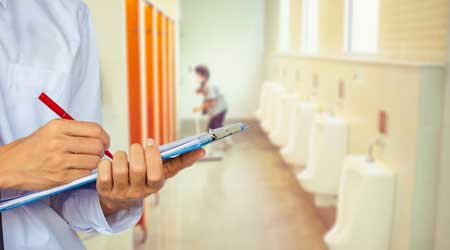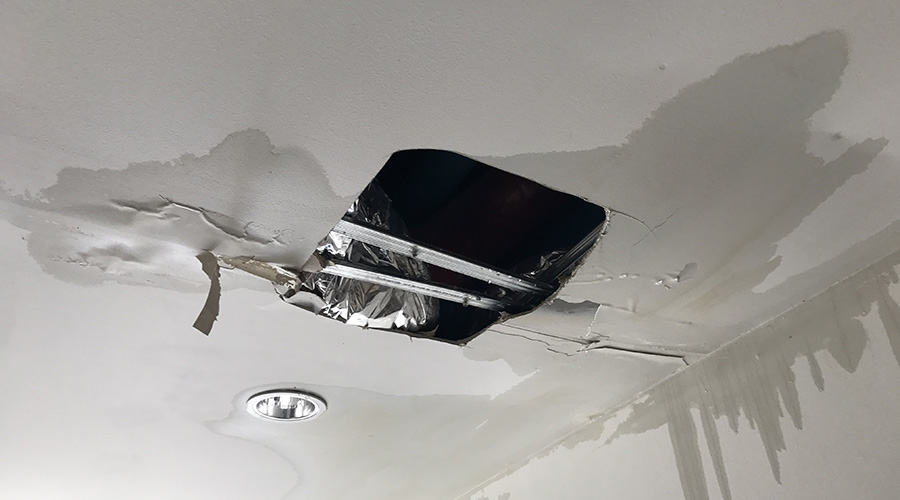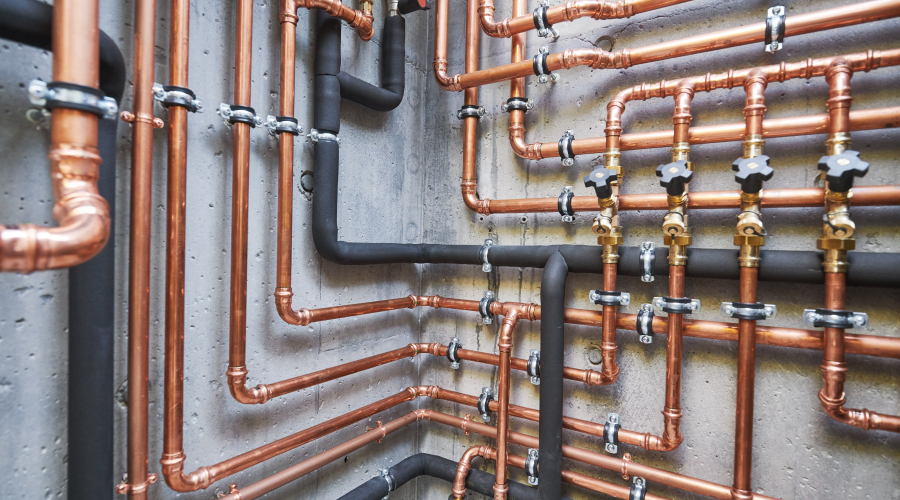Rethinking Restroom Sanitation Practices During the Pandemic
Here are some tips on how to raise the bar on cleaning, sanitizing, and disinfecting of restrooms during the coronavirus pandemic.
The resurgence of COVID-19 in many areas where cases had been declining means managers and their employees have more work to do to establish and perform preventive measures. Organizations need to embrace serious efforts to communicate the three Ws: wash hands, wear masks, and watch distance.
The current guidance from the U.S. Environmental Protection Agency (EPA) and other public health agencies calls for cleaning surfaces with soap and water followed by disinfecting with a solution that is at least 60 percent alcohol. A specific protocol that addresses products, frequency of use and duration of cleaner contact must cover touchpoints, such as door hardware, fixtures, counter surfaces and floors.
The EPA’s List N, Products with Emerging Viral Pathogens and Human Coronavirus Claims for Use Against SARS-CoV-2O, includes more than 400 products. List N is not an EPA endorsement. It does provide a means to compare a product. If the first two sets of numbers in the registration number are the same, the products are of equal effectiveness. The list also contains the chemical name, manufacturer’s name, how to find instructions for use and duration of contact recommended. One caveat, these products are for use on surfaces, not humans.
One labor-saving piece of cleaning equipment is the combination power cleaner, sanitizer and vacuum, which replaces the bucket and mop and allows touchless cleaning in less time. The cleaner removes dirt and grime from fixtures, floors and hard-to-reach places, and it sanitizes and dries surfaces instead of just pushing dirty water around and leaving a wet floor, as well as a bucket and mop to clean.
The best way to control spread of coronavirus is to follow the recommendations of an industrial hygienist, who inspects a given site, takes samples, and makes site-specific recommendations, which can include:
• proper cleaning to remove dirt and bacteria
• testing for microbes
• proper disinfecting to neutralize viruses
• proper disposal of disinfecting materials in the trash.
The recommendations must include proper testing methods to verify that the cleaning methods produce the desired level of air and surface cleanliness, and especially to know if COVID-19 and other microbes are removed or still present and, if so, in what amount? Are cleaning and disinfecting methods effective?
One method of verifying cleanliness involves the properties of adenosine triphosphate (ATP), an energy molecule found in all living cells. It fuels cellular reproduction and other metabolic processes. This type of testing is effective for testing surfaces for COVID-19 pathogens. ATP testers contain a natural enzyme, luciferase, that glows when it comes into contact with ATP. This glow immediately measures even extremely small amounts of ATP collected with a special swab.
After the swab is swiped across the surface being tested, it is placed in the tester. The amount of light generated by the reaction to the material on the swab is directly proportional to the level of ATP indicated on the meter and, therefore, the number of living or once living cells present in the sample.
This method is an indirect method, and it does not detect the presence or amount of a specific virus, but it detects the strength of all living cells, including other microbes in the sample in about 10 seconds. If indicated, other virus-specific tests might be needed.
As hotspots appear, followup door-to-door swab testing can help officials determine the exact source, alert the population and prevent spread of COVID-19, even reducing deaths through early detection. Think about it like early detection of carbon monoxide. Both are colorless and odorless. Carbon monoxide detectors raise the alarm far earlier then would be the case without them and prevent serious illness and deaths from occurring.
Related Topics:














